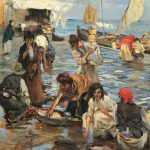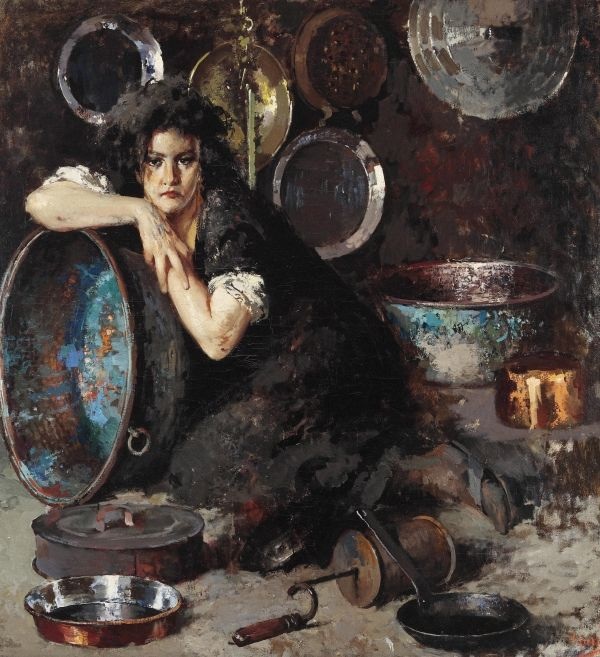
Vincenzo Irolli (1860–1949) was an Italian painter known for his contributions to the school of verismo, a style of realism in Italian art that emerged in the late 19th century.
- Early Life and Education:
- Vincenzo Irolli was born on August 11, 1860, in Naples, Italy.
- He studied at the Royal Institute of Fine Arts in Naples, where he developed his artistic skills.
- Artistic Style and Influences:
- Irolli was associated with the verismo movement, which emphasized a realistic portrayal of everyday life, especially the struggles and hardships of the working class.
- His works often depicted scenes from the lives of ordinary people, capturing the human experience with a focus on emotion and social reality.
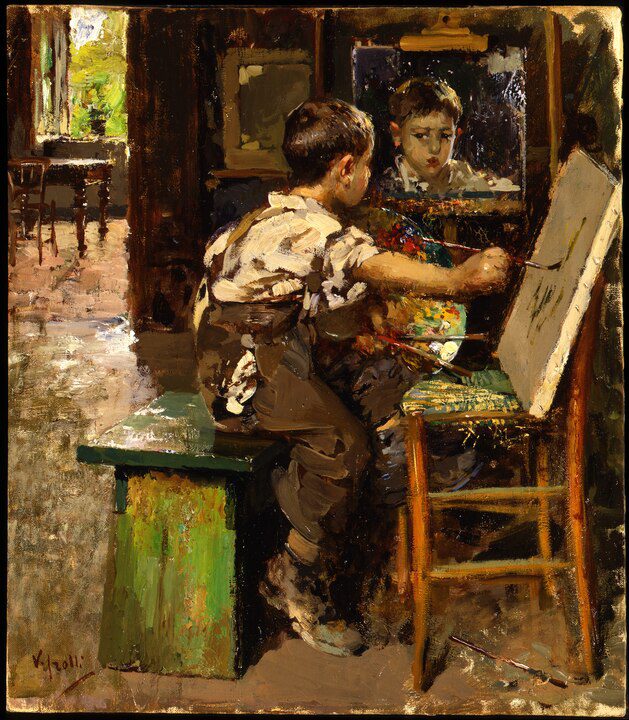
- Subject Matter:
- Irolli’s paintings frequently featured domestic scenes, portraits, and depictions of rural life. He had a keen eye for capturing the nuances of facial expressions and body language, conveying a sense of emotion and authenticity in his art.
- Exhibitions and Recognition:
- Vincenzo Irolli exhibited his works in various Italian cities and gained recognition for his talent.
- His participation in national and international exhibitions helped to establish his reputation as a prominent artist.
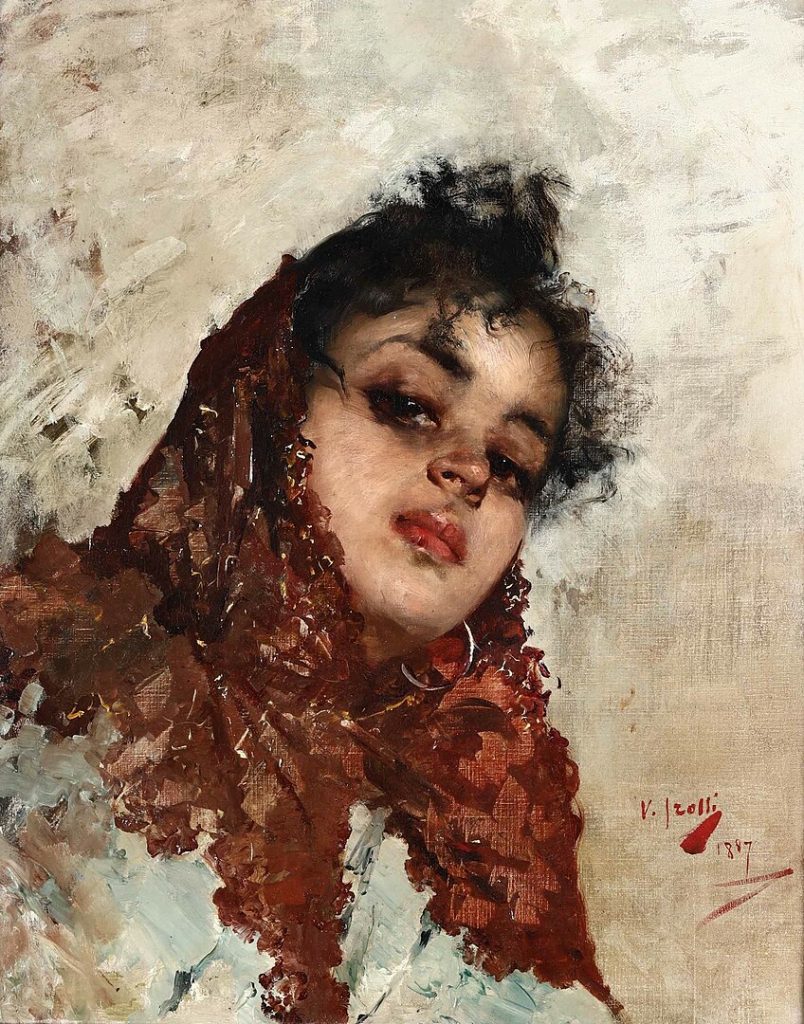
- Association with the Scuola di Posillipo:
- Irolli was associated with the Scuola di Posillipo, a group of artists centered in the Posillipo district of Naples. The group aimed to capture the beauty of the coastal landscape and the daily life of the people in the region.
- Teaching Career:
- Vincenzo Irolli also had a career as a teacher. He taught at the Royal Institute of Fine Arts in Naples, passing on his artistic knowledge and skills to the next generation of artists.
- Later Years:
- In his later years, Irolli continued to paint and participate in exhibitions. He remained dedicated to his realist style, portraying the human condition with a deep sense of empathy.
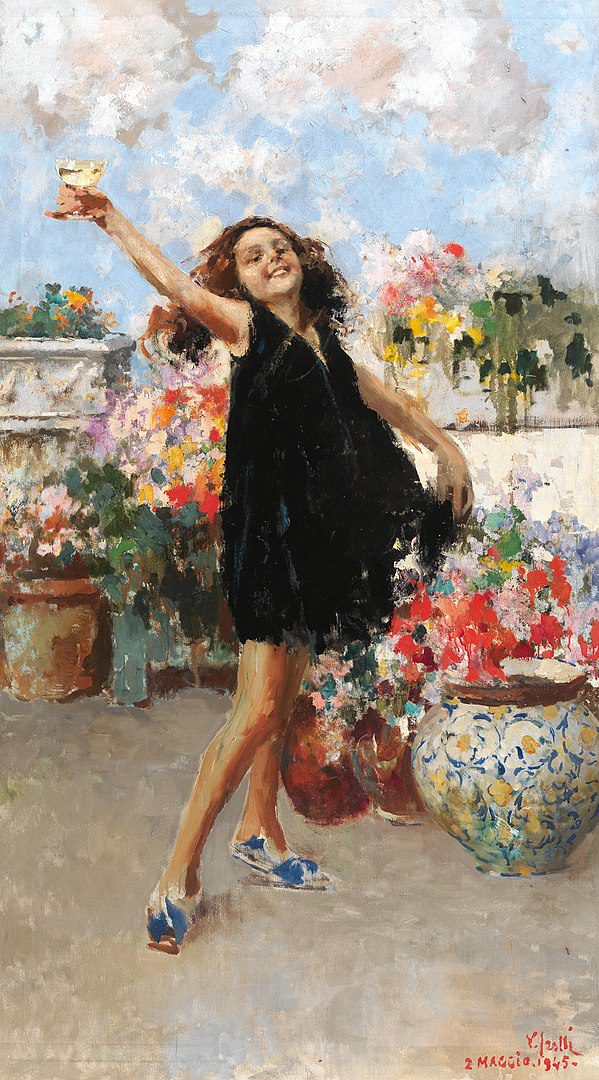
- Legacy:
- Vincenzo Irolli’s legacy lies in his contribution to the verismo movement and his ability to capture the essence of everyday life. His works are appreciated for their emotional depth and social commentary.
- Death:
- Vincenzo Irolli passed away on February 4, 1949, leaving behind a body of work that continues to be admired for its realism and its portrayal of the human experience.
Vincenzo Irolli’s paintings are a testament to his commitment to portraying the reality of life, and his contributions to the verismo movement have left an enduring impact on Italian art.

